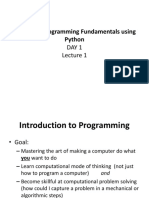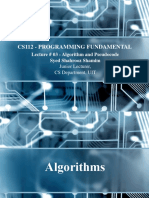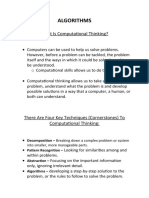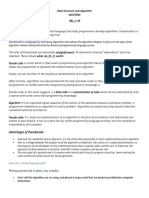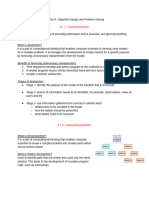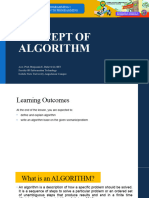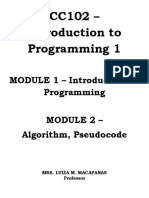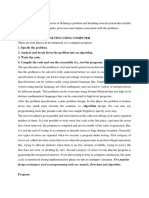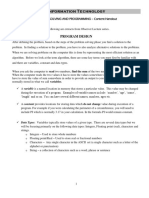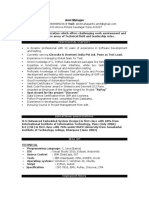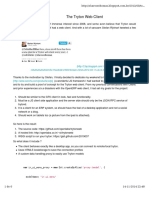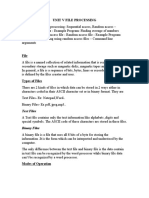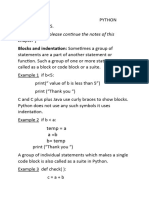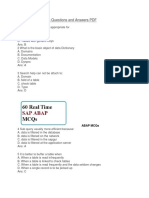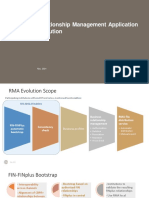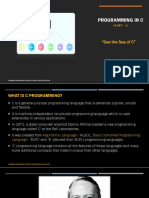0% found this document useful (0 votes)
12 views25 pagesUnit 2 - Problem Solving Tools & Technics
The document discusses problem-solving tools and techniques, focusing on algorithms, pseudocode, and flowcharts. It provides a historical background on algorithms, outlines steps for designing and analyzing algorithms, and explains key programming concepts such as variables, data types, and mathematical operations. Additionally, it highlights the benefits of pseudocode in algorithm design and provides examples of pseudocode for various problems.
Uploaded by
kundanet21Copyright
© © All Rights Reserved
We take content rights seriously. If you suspect this is your content, claim it here.
Available Formats
Download as PDF, TXT or read online on Scribd
0% found this document useful (0 votes)
12 views25 pagesUnit 2 - Problem Solving Tools & Technics
The document discusses problem-solving tools and techniques, focusing on algorithms, pseudocode, and flowcharts. It provides a historical background on algorithms, outlines steps for designing and analyzing algorithms, and explains key programming concepts such as variables, data types, and mathematical operations. Additionally, it highlights the benefits of pseudocode in algorithm design and provides examples of pseudocode for various problems.
Uploaded by
kundanet21Copyright
© © All Rights Reserved
We take content rights seriously. If you suspect this is your content, claim it here.
Available Formats
Download as PDF, TXT or read online on Scribd
/ 25


